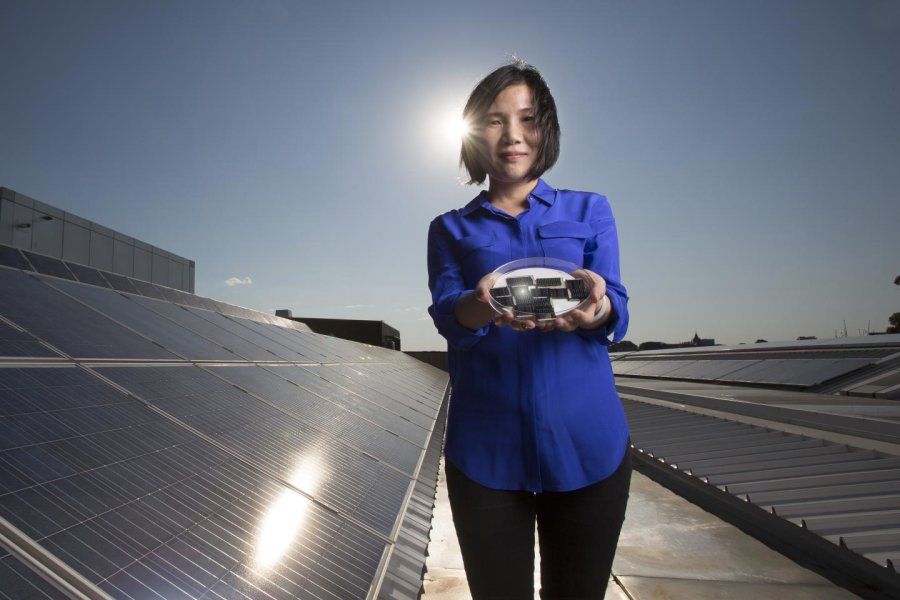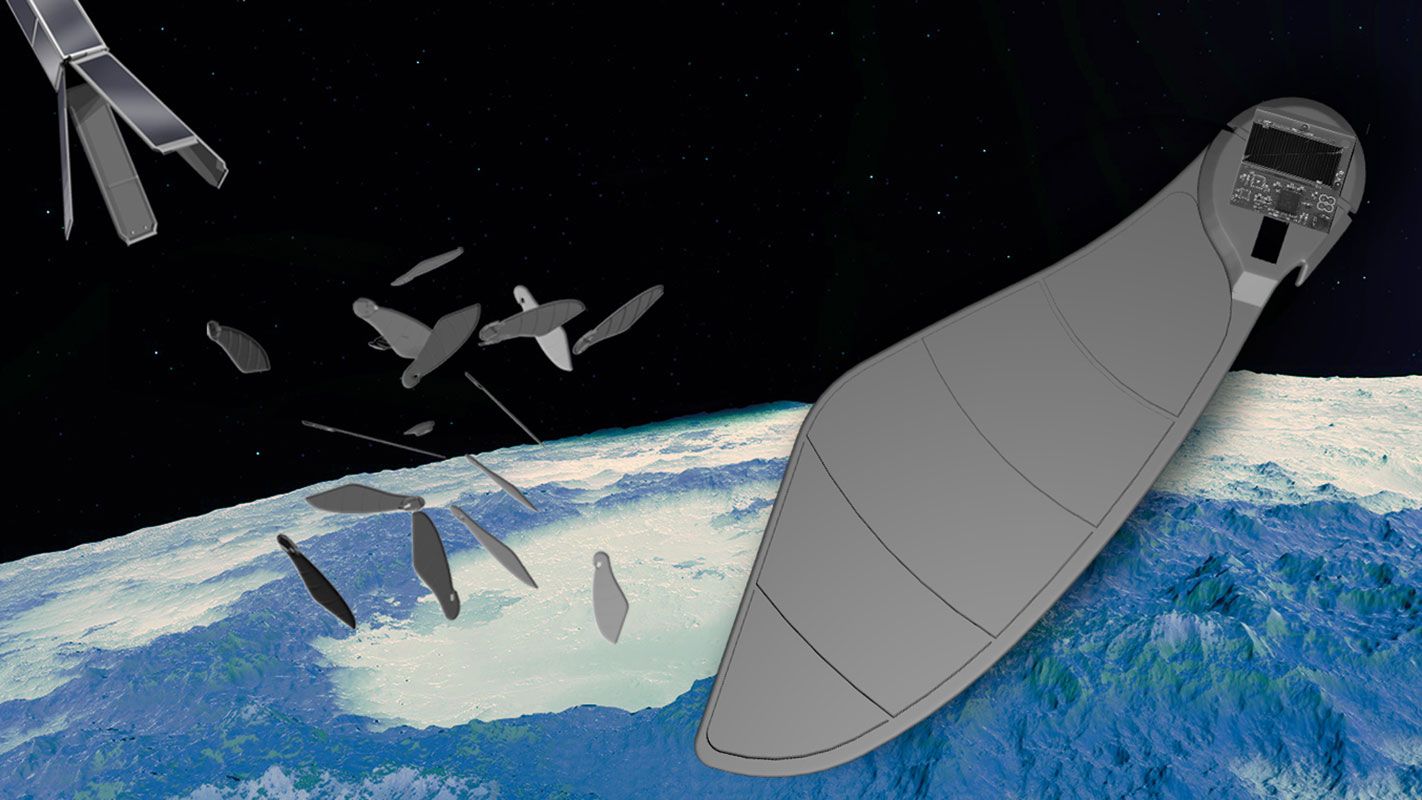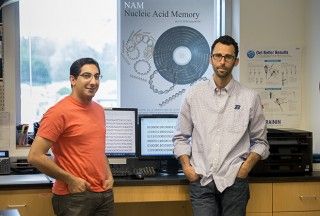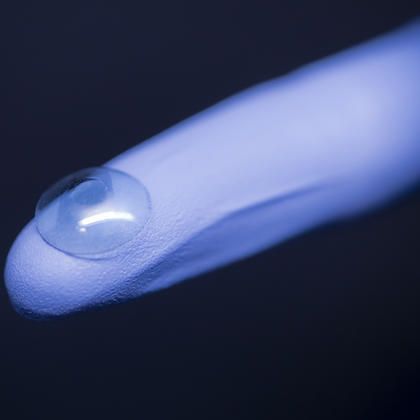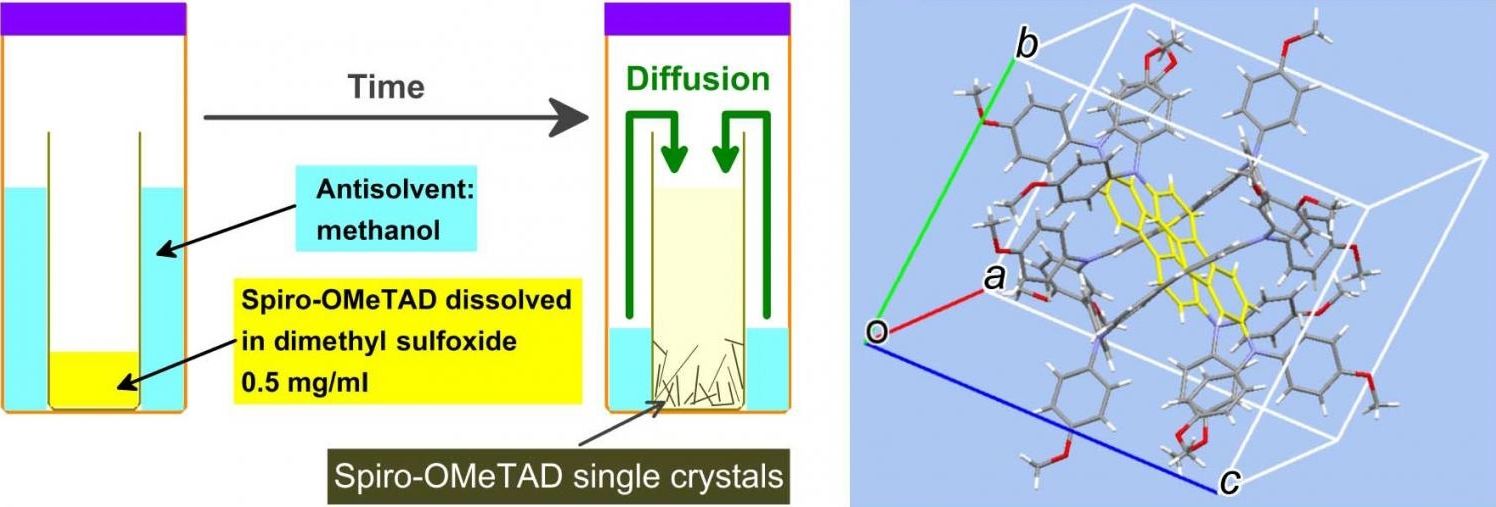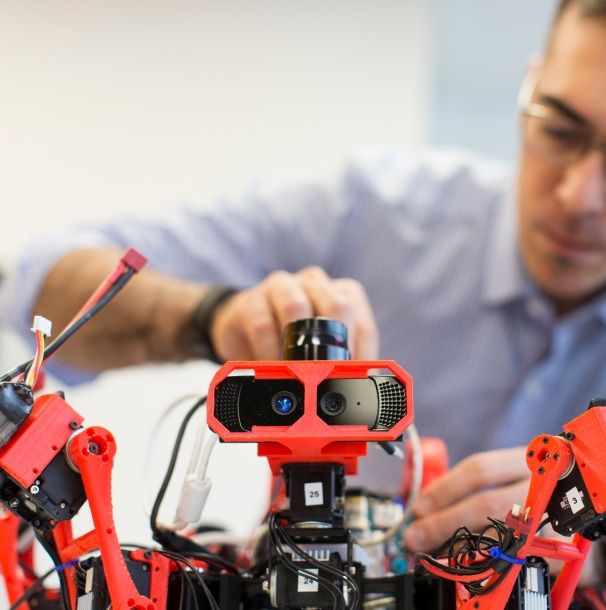Apr 28, 2016
Qubiz aims to make quantum technology practical
Posted by Karen Hurst in categories: business, engineering, quantum physics
Excellent news!!!!!
The Quantum Innovation Center or Qubiz has been launched in Copenhagen with the goal of translating quantum physics into practical quantum technology. The Danish project involves the Niels Bohr Institute at the University of Copenhagen, the Technical University of Denmark DTU, and Aarhus University, along with 18 industrial partners. Qubiz will be building on the very strong Danish research platform within quantum technology, a platform that has its origin in Niels Bohr’s pioneering work 100 years ago.
The CEO for the new Center is Søren Isaksen, who previously served as the CTO of the NKT Group and is a member and chairmen of various research councils. In addition to leading the center, his job will be to reach out to Danish and foreign companies and, with the researchers, to help find out where there is potential for starting new businesses. A 2-year seed funding grant of 11M EUR from the Innovation Fund Denmark enables the hiring of new employees with business and engineering backgrounds, as well as researchers.
According to Isaksen, the Center will engage with existing businesses, Danish as well as international companies, to develop new products and lay the foundation for new businesses. On April 15, Qubiz held a kick-off event that included seven elevator-pitches presenting potential startups—two of these have now being established and more are on the way.
Continue reading “Qubiz aims to make quantum technology practical” »
